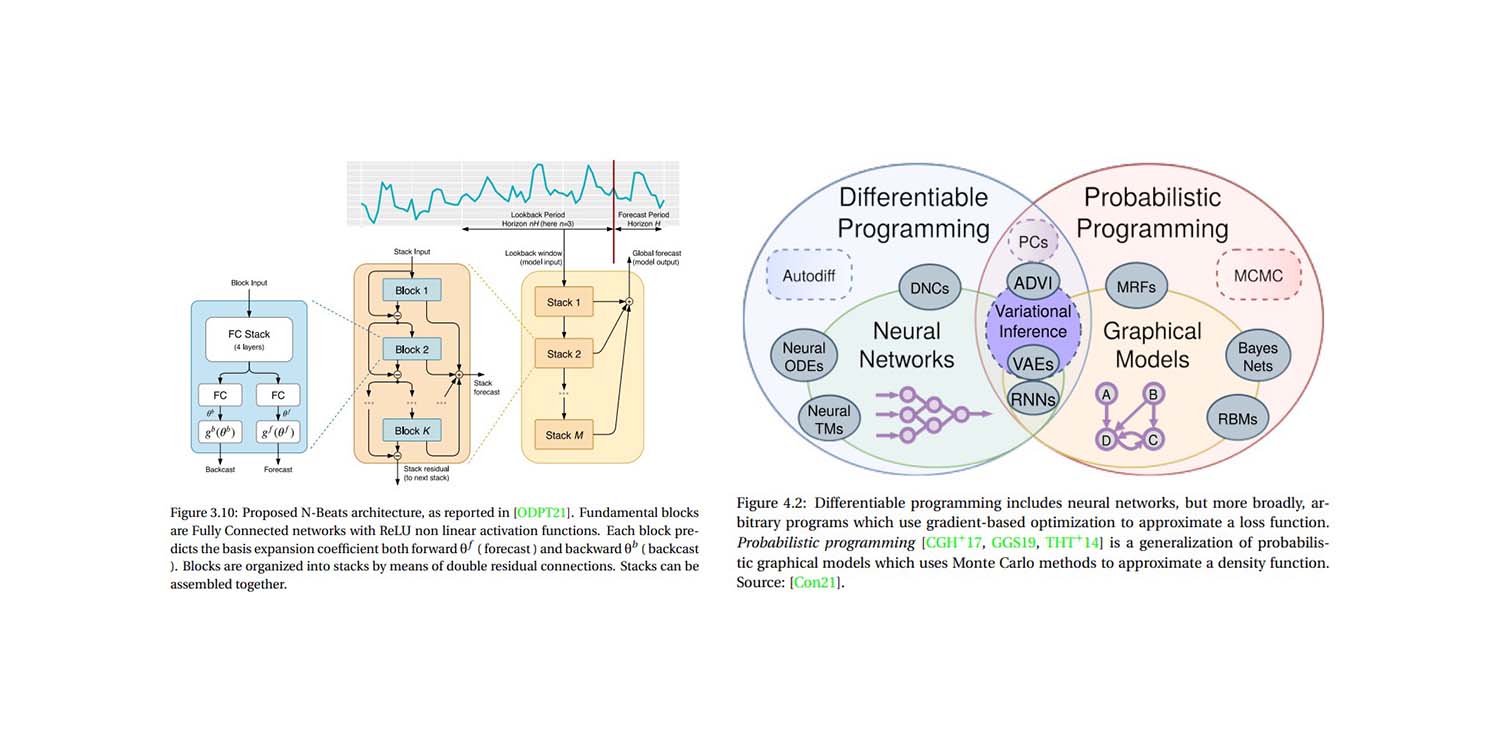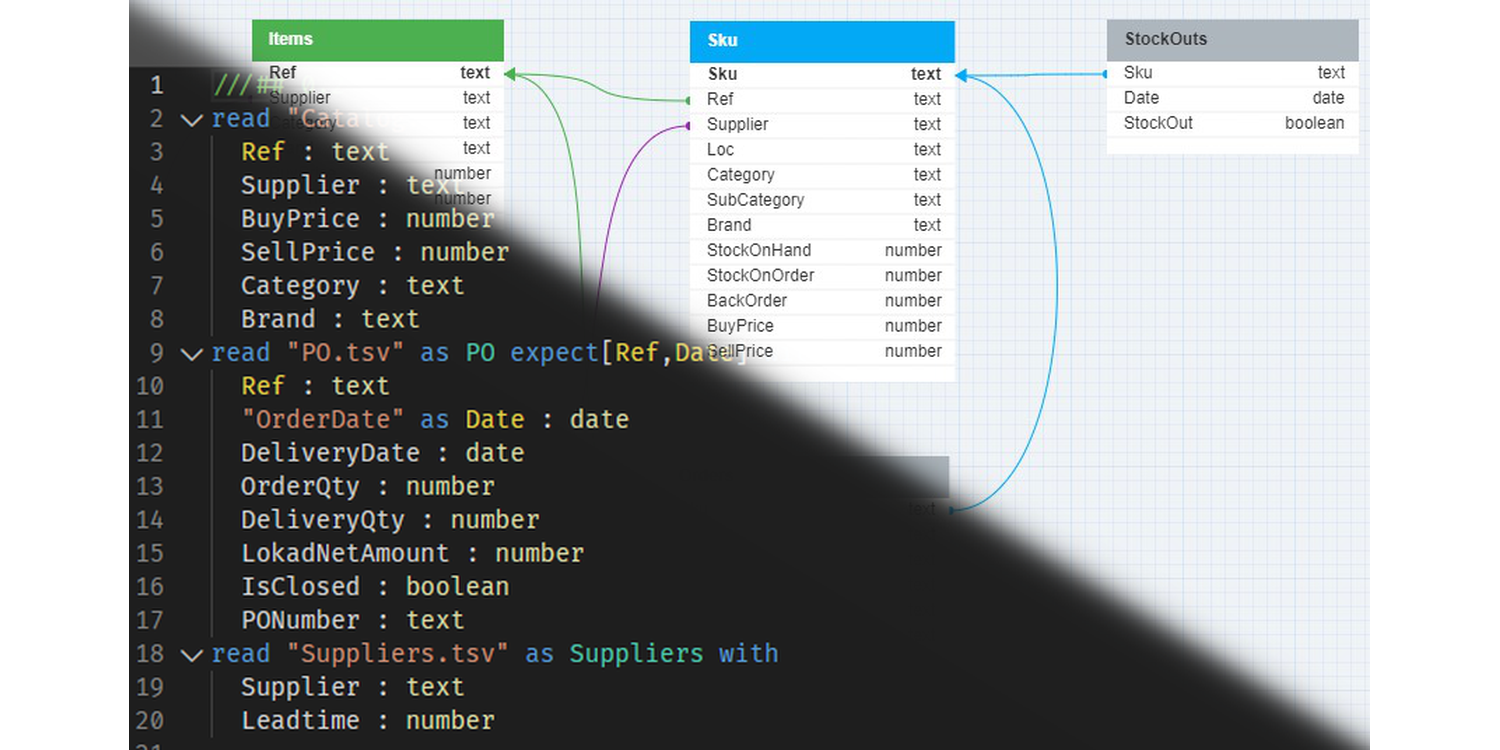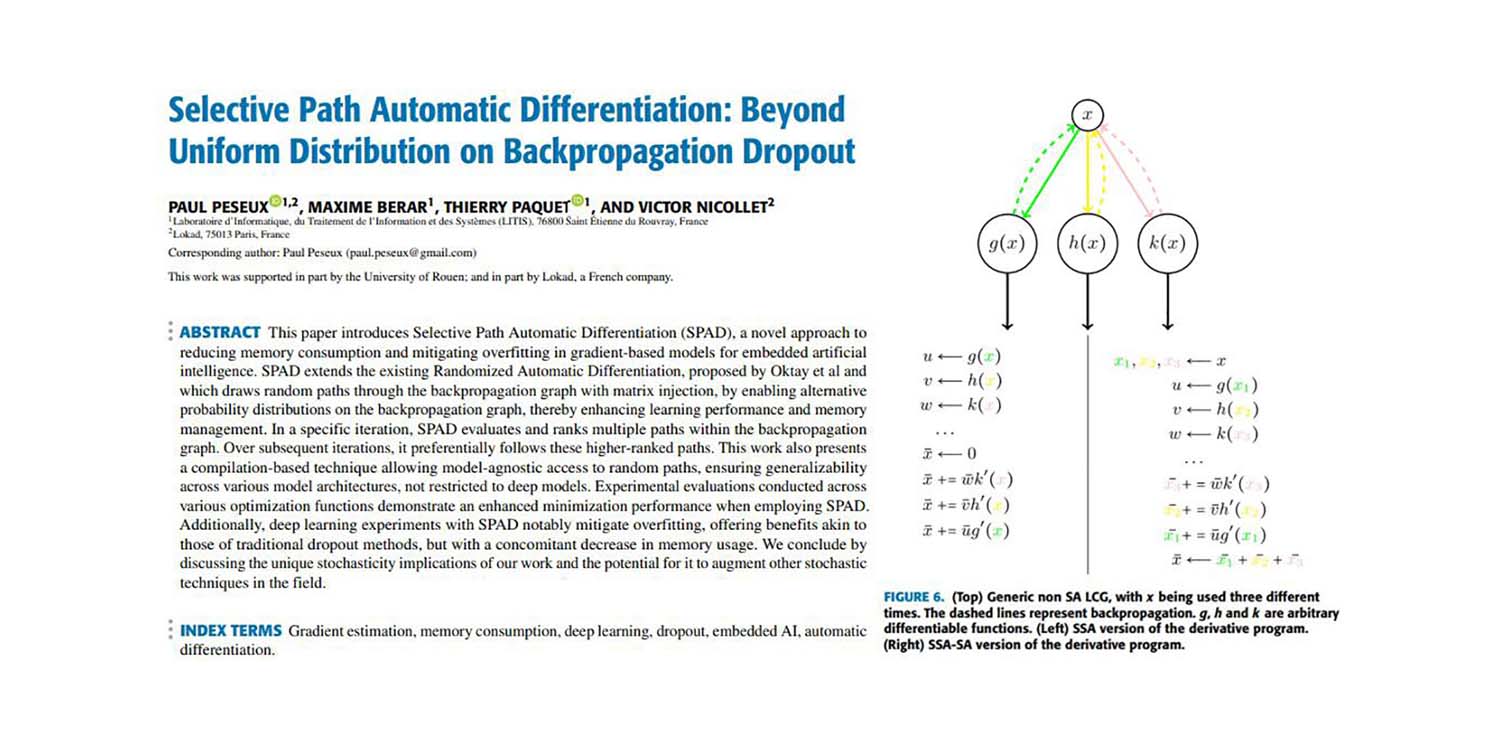Distribution Network Analysis through Envision - Workshop #3
The newest addition to our Envision workshop series1 (Workshop #3: Distribution Network Analysis) is now available for supply chain academics, educators, university students, and supply chain professionals. This workshop offers practical insights into how our Supply Chain Scientists use Lokad’s Quantitative Supply Chain perspective (and tools) to analyze complex distribution networks in supply chains and optimizing associated inventory decisions.
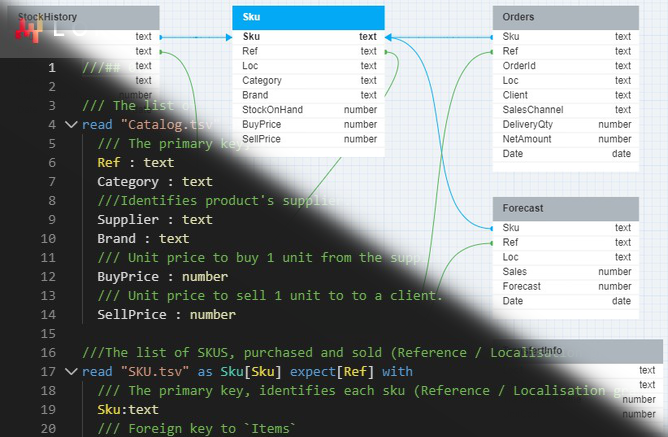
This workshop, like its predecessors, takes the form of a fictitious case study2 in the retail sector. It provides students with all the necessary information, guidance, and data to describe the state of the retail network, analyze stock spread across it, and drive decisions that minimize the financial risks for the retail company.
For educators, the workshop provides all the required resources for an engaging and instructive lesson in modern supply chain planning, including a dataset with a relational data schema, an interactive work environment, and a case study with embedded links to help students locate and use the relevant Envision code/functionality3.
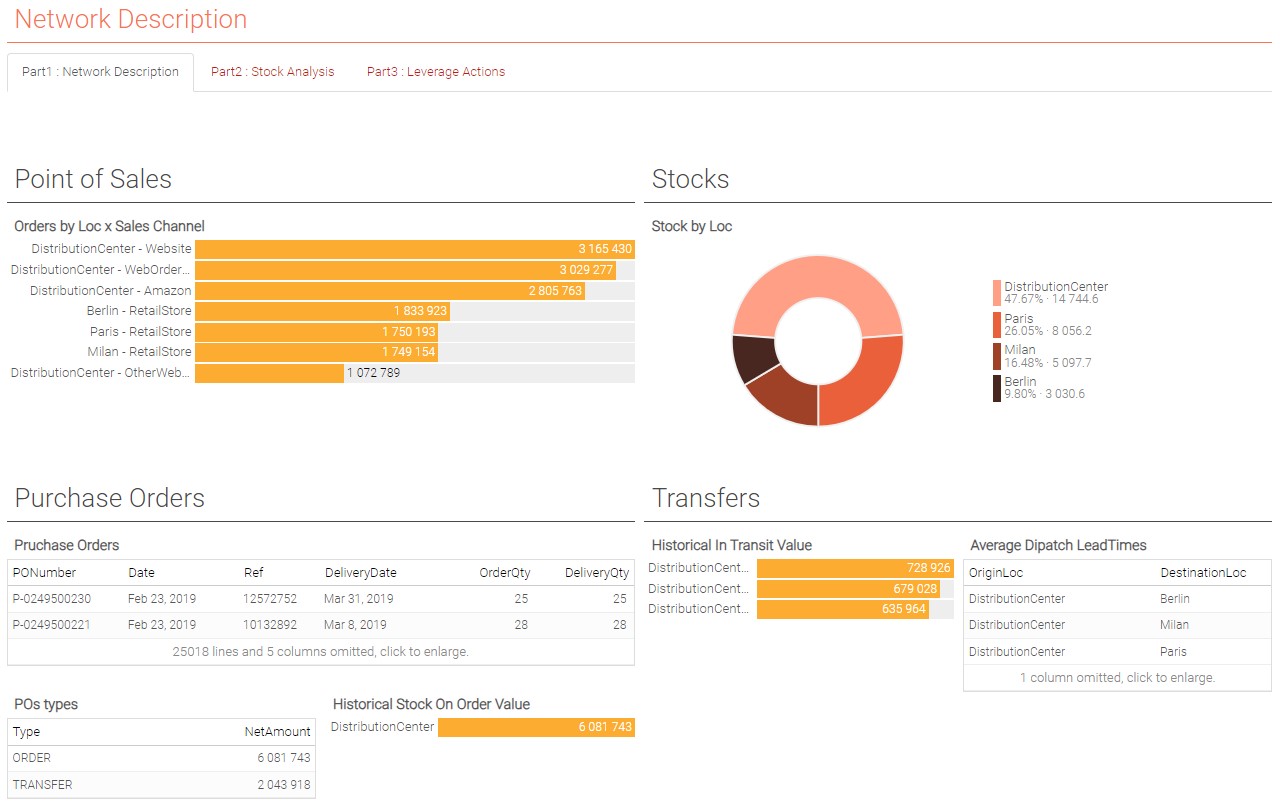
The primary goal of these workshops is to provide students structured guidance for analyzing modern supply chains. This process mimics the real-life business situations that Lokad’s Supply Chain Scientists (SCSs) generate recommendations for on a daily basis. It also mimics the progression of supply chain initiatives that Lokad implements with its clients. Each workshop is standalone, however there is value in studying them in the provided order as they all use data for the same fictitious company, with each workshop directing focus to different aspects of the company’s supply chain.
The workshop begins with an overview of the fictitious company, an introduction of key terms and definitions, and a thorough data description. This comprehensive description mimics a real-life Joint Procedure Manual (JMP)—the foundational document for every supply chain initiative with Lokad.
As I recently pointed out, we are in the middle of an unfolding revolution that will make about 90% of supply chain jobs obsolete. However, I firmly believe that at least for the next decade the role of the Supply Chain Scientist will remain relevant—and even experience increased demand. Producing more SCSs will require supply chain students to experience fresh tools and supply chain professors to instil fresh mindsets.
In my opinion (and the opinions of professors who currently use our materials in their classrooms), the mainstream supply chain curriculum cannot help to address this challenge. I submit that the supply chain field of study deserves better educational materials, and I hope our modest contribution will help to educate more aspiring Supply Chain Scientists for future supply chains.
In closing, I would like to extend my gratitude once again to Paul Jan4 for his significant past and ongoing contributions to this project. Without his efforts, this workshop series would not have been as successful, nor as high-quality as I believe it is.
-
All published workshops as well as other practical exercises can be found in Envision Gallery section of Lokad’s public documentation. ↩︎
-
Supply Chain Personae is an alternative approach developed by Lokad to study real supply chains, and to address the flaws of traditional case studies. ↩︎
-
An answer sheet is available upon request. ↩︎
-
Paul Jan is, amongst other things, an Associate Professor at University of Toronto’s Rotman School of Management, where he teaches Operations and Supply Chain Management. He has more than 18 years of experience in the fields of education, manufacturing, and supply chain. ↩︎
